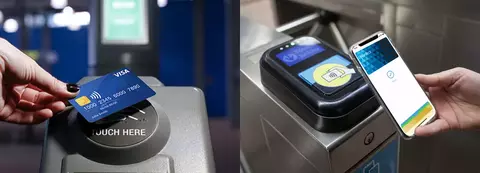America received an unexpected present from the U.S. Congress when it recently passed a fully funded five-year, $305 billion transportation infrastructure bill. Congress managed to get beyond the most conservative positions to creatively use funding sources other than the federal gas tax to get the program paid for, which will repair and expand roads, bridges, and transit. The gas tax alone would only cover approximately 60% of the bill and was not going to be increased. The balance of $120 billion or so came from diverse and unrelated sources. Since we can’t count on those sources for permanent funding and the gas tax will be a proportionally shrinking source (think fuel efficiency and electric cars), the hunt for funding will be an ongoing issue.
In that regard, the bill’s provisions on tolling and mileage-based user fees are particularly interesting.
Tolling always kicks off a good fight and the anti-tolling forces celebrated victory because unfettered tolling of the interstate was not allowed with the passage of the bill. However, the pro-tolling forces also claimed victory as the 1998 Interstate tolling pilot was extended in an interesting way. Three slots previously had been created to allow states to toll the interstate and they were awarded to Missouri, North Carolina, and Virginia, but none of them were able to generate local legislative approval to actually implement the program. Rather than let the pilot die these three states were given one year to approve tolling or lose the slots.
Since none of these states are expected to approve tolling, what this will do is open up the opportunity to three new states to toll their interstates. In the last few years, we have seen the idea of tolling pop up all around the country as a way to have users pay for the infrastructure. I bet that the next round of three will see some success in new and perhaps unexpected places to get this form of user payment to increase.
Another funding idea with growing popularity is called mileage-based user fees or road user charging. With this alternative to tolling or the gas tax, drivers would pay for their use of the roads on a per-mile basis over the course of the year. While tolling is per use on specific roads, this could cover all the roads in a larger geography. Pilots are underway in Oregon and others are planned. The bill authorizes $15-$20 million a year for a Surface Transportation System Funding Alternatives Program to support these efforts and to help determine if there is a viable and politically acceptable alternative to the gas tax.
You never know when looking at pilots, which are often no more than straws in the wind, if they are leading the way to the future or are just floating by, but these two provisions give hope to the idea that we can develop permanent mechanisms to fund our infrastructure needs.




